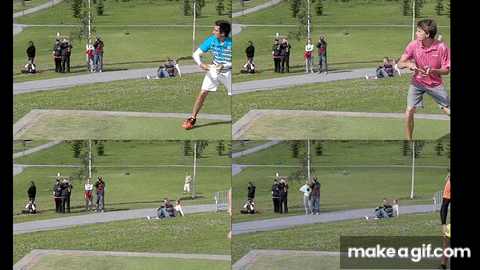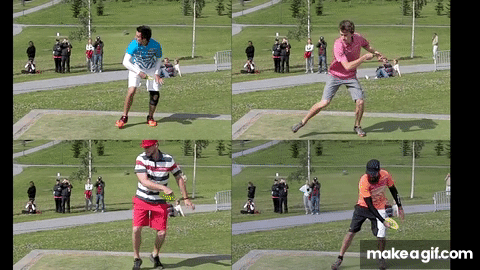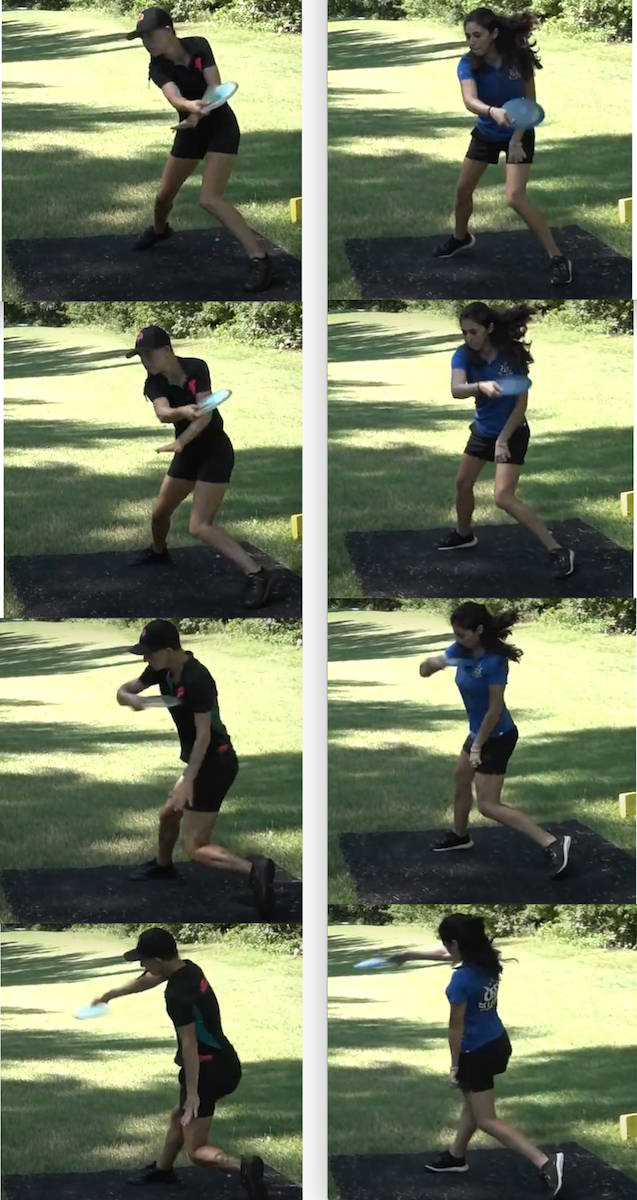How To Evaluate A Golf Swing - The Right Way!
Tue Oct 23, 2012 by Lance Gill
First Determine Efficiency, Then Style:
At the Titleist Performance Institute we are fortunate to have more 3D biomechanical data on the best players in the world than anyone else in the industry. By studying their data, along with amateur golfers that participate in our programs, we are able to gather information that gives us an insight into how to effectively work with each golfer as an individual and not use a standard approach for all golfers.
Using several 3D applications we are able to film at over 500 frames per second and track the speed, direction and sequence the body is moving during the golf swing. When merging the findings from this technology with a comprehensive physical evaluation that is performed on each player, we can determine why each golf swing is as unique as their finger print. We can also determine what makes their swing efficient or inefficient, regardless of their style. This provides us as the coach and the student with a quantum leap in learning as our research is based on fact not theory.
It has been common practice in golf instruction to compare a student to a swing of a tour professional and then point out the faults of that individual based on that model. This approach can certainly be used to point out the differences in style's between two individuals, but it does not explain why one is more efficient than the other. I have seen some amateurs and tour professionals that have the worst styles you have ever seen but are very efficient golfers. Using our technology we can show you hundreds of golf swings that are winning money on tour every week, but will break any and every model or method ever put in print.
If I showed you the sequence of movement under 3D of Ernie Els, Davis Love, Vijay Singh, Jim Furyk, Ray Floyd and John Daly you would have a difficult time seeing any difference at all. The way they use their body's to get the club from the top of the backswing to impact is almost identical yet there styles are totally unique and different.
We have discovered a unique signature that all great players have regardless of their individual styles. This signature is known in the biomechanics world as the Kinematic Sequence. For simplicity sake we will break the swing into four simple segments.
Lower body, Torso/Trunk, Arms/Hands, and Club. On the best ball strikers in the world these segments work like a synchronized whip on the downswing, and as a result create an efficient repetitive swing.
The average amateur golfer has one or more of these segments out of position and as a result has to manipulate the club in order to make contact with the ball. This results in a loss of speed and accuracy and an inefficient motion.
As stated earlier, the information we get from our 3D system is then compared to the physical evaluation and short game evaluation of each participant to come up with their individualized program of success. We feel this is the best way to get to the bottom of the problem, if there is one, and start the player on the road to success.
https://www.mytpi.com/articles/biomechanics/how_to_evaluate_a_golf_swing_-_the_right_way
In the beginning you can see the 4 different "style points" going into the backswing:

From the bottom of the backswing to the finish, it's easier to see the same meat and potatoes:





